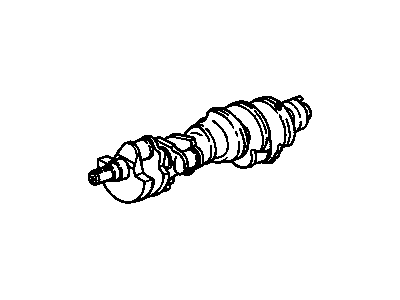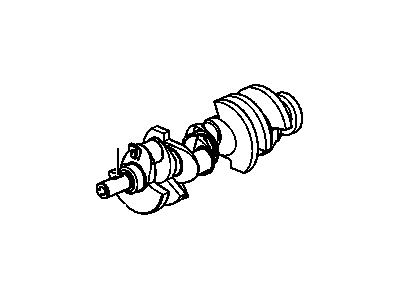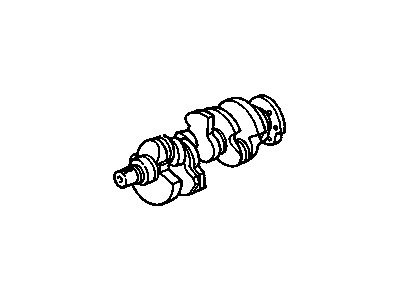
My Garage
My Account
Cart
Genuine Chevrolet Caprice Crankshaft
Crank Shaft- Select Vehicle by Model
- Select Vehicle by VIN
Select Vehicle by Model
orMake
Model
Year
Select Vehicle by VIN
For the most accurate results, select vehicle by your VIN (Vehicle Identification Number).
6 Crankshafts found
Chevrolet Caprice Engine Crankshaft
Part Number: 10243070$773.23 MSRP: $1233.22You Save: $459.99 (38%)Ships in 1-3 Business DaysChevrolet Caprice Crankshaft Assembly
Part Number: 12670965$1494.00 MSRP: $1931.49You Save: $437.49 (23%)
Chevrolet Caprice Crankshaft
Each OEM Chevrolet Caprice Crankshaft we offer is competitively priced and comes with the assurance of the manufacturer's warranty for the part. Furthermore, we guarantee the speedy delivery of your orders right to your doorstep. Our hassle-free return policy is also in place for your peace of mind.
Chevrolet Caprice Crankshaft Parts Questions & Experts Answers
- Q: How to examine and measure the crankshaft, bearings, and connecting rod side-clearance for proper condition in V8 engine on Chevrolet Caprice?A:Examine the crank pin and main journal surfaces for scoring, scratches, or corrosion; if any are evident, the crankshaft will need professional regrinding. Measure each journal and crank pin at several different points for ovality using a micrometer; if the ovality exceeds 0.001 inch, regrinding is necessary, and undersized bearings are available, though typically the correct matching bearings will be supplied with a reconditioned crankshaft from a GM dealer. After high mileage, main bearings and connecting Rod Bearings may wear, leading to excessive running clearance, which should be checked using a product like 'Plastigage' after refitting the original bearings and caps and tightening the cap bolts to the specified torque settings. Never attempt to correct excessive running clearance by filing the caps; instead, fit new shell bearings after checking the crankshaft journals and crank pins for ovality and confirming their diameters are standard or regrind sizes. Checking the connecting rod bearings follows a similar process, with the correct running clearance provided in the specifications. It is advisable to check the running clearance of rod and main bearings even when new bearings are installed. The crankshaft end play should be assessed by pushing the crankshaft to the extreme front position and using a feeler gauge at the front end of the rear main bearing to determine permissible clearance. Measure the connecting rod side-clearance with a feeler gauge between the connecting rod caps, and if the side clearance is outside the specified tolerance, replace the rod assembly.
















